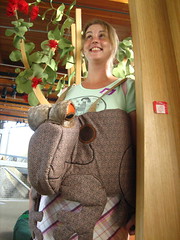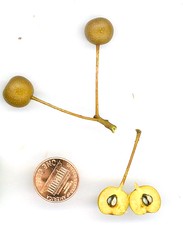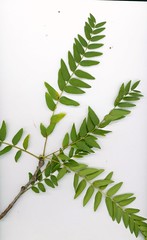The Dominion Post is reporting on what is most likely the inevitable spread of didymo algae (Didymosphenia geminata, also known as "rock snot") to the North Island of New Zealand. Didymo has been recorded all over the South Island since it first was spotted back in 2004. Now tests done on water from several North Island rivers show evidence of dead didymo cells present in the samples.
With dead cells there, can live ones be far behind? This seems to be more about detecting *when* and not *if* healthy didymo arrives on the North Island and starts to spread. Biosecurity New Zealand scientists sound like they are ready and waiting with a rapid response protocol that includes closing off impacted rivers and treating them with chelated copper. In the meantime, officials are asking anyone using the waterways to employ their own "Check, Clean, and Dry" protocol in an attempt to prevent didymo from spreading.





